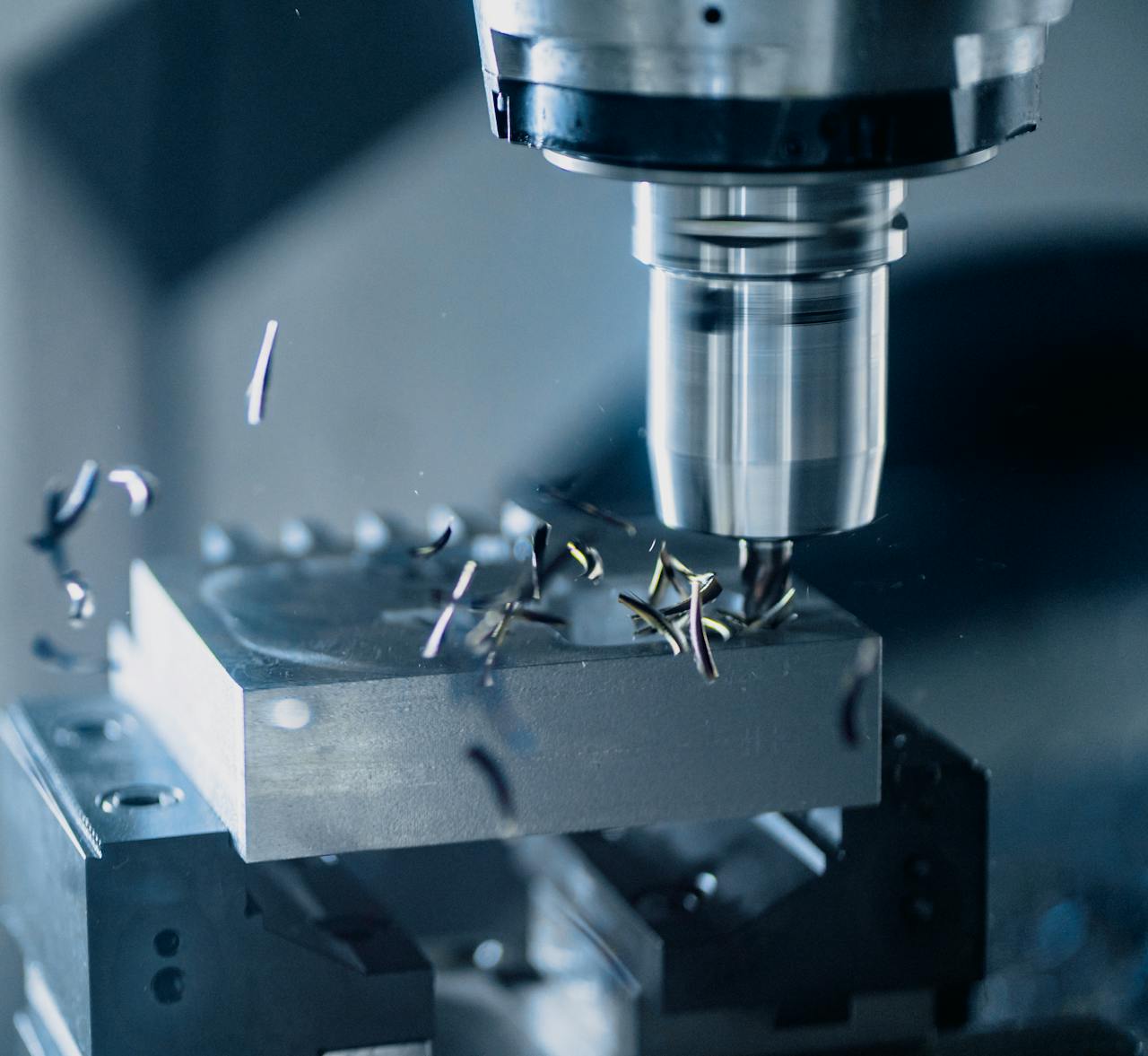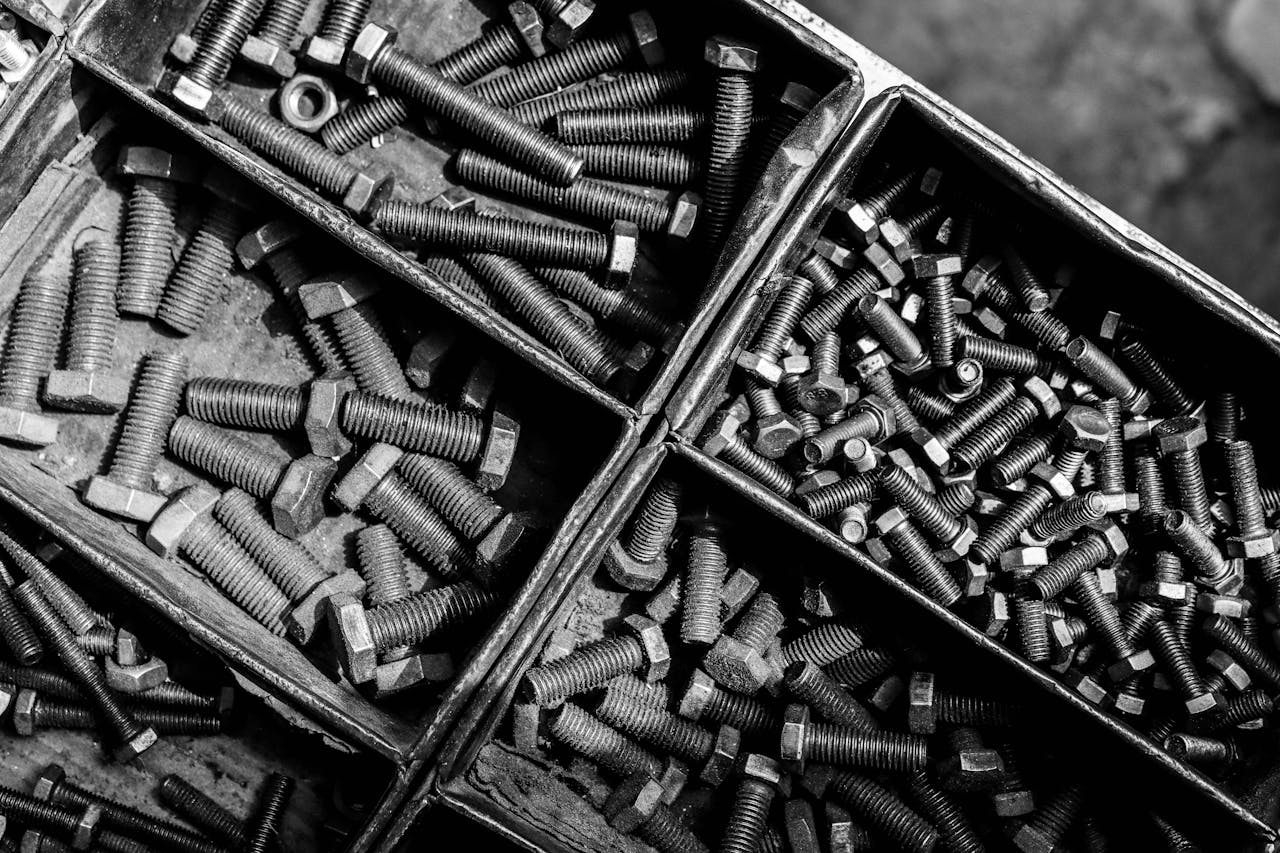In the dynamic world of manufacturing, choosing the right milling machine is crucial for optimizing productivity, precision, and efficiency. Among the various types of milling machines, horizontal mills stand out for their unique benefits and versatility. In this blog, we’ll explore the advantages of using horizontal mills and how they can significantly enhance your machining operations.
1. Enhanced Material Removal Rates
One of the most notable advantages of horizontal mills is their superior material removal rates. Horizontal milling machines have cutters that are mounted on a horizontal spindle, allowing them to cut through materials more efficiently. This orientation enables the machine to remove more material in a single pass compared to vertical mills, making it ideal for heavy-duty tasks and large-scale production runs.
2. Greater Versatility
Horizontal mills are known for their versatility in handling a wide range of milling operations. These machines can perform various tasks, including facing, slotting, and profiling, with ease. Additionally, horizontal mills can accommodate different types of tooling, such as end mills, face mills, and shell mills, enhancing their flexibility and adaptability to diverse machining requirements.
3. Improved Surface Finishes
Achieving high-quality surface finishes is essential in many manufacturing applications. Horizontal mills excel in this area due to their ability to maintain consistent cutting pressure and tool stability. The horizontal spindle orientation reduces the chances of tool deflection, resulting in smoother and more precise finishes on machined parts. This makes horizontal mills an excellent choice for producing components that require stringent surface finish standards.
4. Better Chip Evacuation
Efficient chip evacuation is crucial for maintaining tool life and preventing workpiece damage. Horizontal mills offer superior chip evacuation capabilities compared to vertical mills. The horizontal spindle orientation allows gravity to assist in the removal of chips from the cutting area, reducing the risk of chip recutting and heat buildup. This efficient chip management enhances overall machining performance and prolongs the life of cutting tools.
5. Increased Stability and Rigidity
Horizontal mills are designed with a more robust and rigid structure, providing greater stability during heavy machining operations. The horizontal orientation distributes cutting forces more evenly across the machine, minimizing vibrations and ensuring precise and accurate cuts. This increased stability makes horizontal mills suitable for machining hard and challenging materials, such as stainless steel and titanium.
6. Space-Saving Design
In manufacturing environments where floor space is at a premium, horizontal mills offer a more compact and space-saving design compared to vertical mills. Horizontal milling machines typically have a smaller footprint, allowing manufacturers to optimize their workspace and accommodate additional equipment. This efficient use of space can lead to better workflow and increased productivity in the shop floor.
7. Simplified Fixturing and Setup
Horizontal mills often simplify fixturing and setup processes, thanks to their ability to machine multiple sides of a workpiece in a single setup. This reduces the need for repositioning and re-clamping the workpiece, saving time and minimizing errors. The capability to perform multi-sided machining in one setup enhances efficiency and ensures consistent accuracy across all machined surfaces.
8. Cost-Effective Production
While the initial investment in a horizontal mill can be higher than that of a vertical mill, the long-term cost benefits are significant. The enhanced material removal rates, improved tool life, and reduced setup times associated with horizontal milling translate to lower production costs and higher profitability. For manufacturers looking to optimize their operations and achieve cost-effective production, horizontal mills present a compelling option.
Conclusion
Horizontal mills offer a host of advantages that make them indispensable in modern manufacturing. From enhanced material removal rates and improved surface finishes to better chip evacuation and increased stability, these machines provide the performance and versatility needed to tackle a wide range of machining tasks. Investing in a horizontal mill can lead to significant improvements in productivity, efficiency, and overall manufacturing quality, making it a valuable addition to any machine shop.


